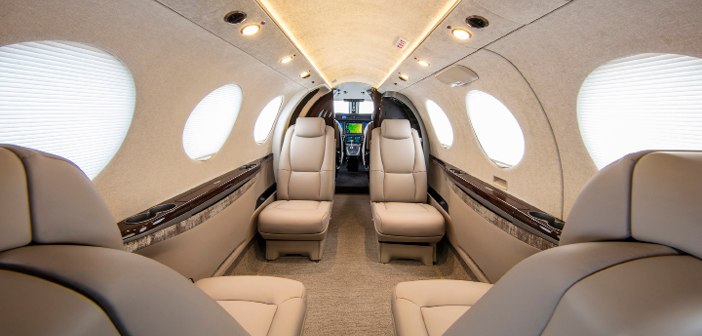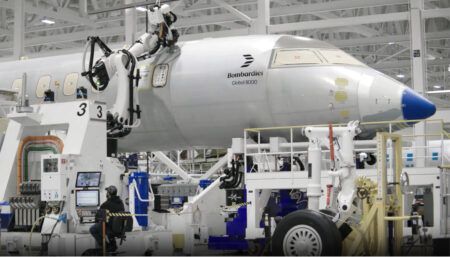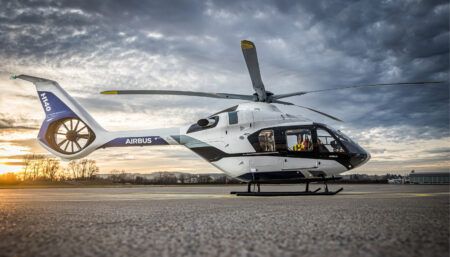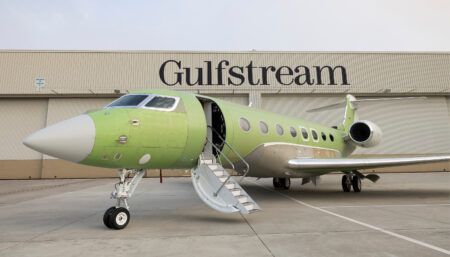Textron Aviation has rebranded the Cessna Denali single-engine turboprop as the Beechcraft Denali. The move makes the upcoming aircraft part of a turboprop line-up that also includes the twin-engine Beechcraft King Air 260 and King Air 360/360ER. The Beechcraft Denali is currently in development, with its first flight expected later in 2021.
“The Beechcraft Denali represents our continued strategy to invest in clean-sheet and current products in both our Beechcraft and Cessna iconic brands,” said Ron Draper, president and CEO of Textron Aviation. “Beechcraft turboprops are renowned for their versatility and reliability, and the single-engine Denali is a perfect complement to this legendary family of products. Pilots and passengers will appreciate the aircraft for its enhanced capabilities, innovative technology and all-around passenger comfort.”
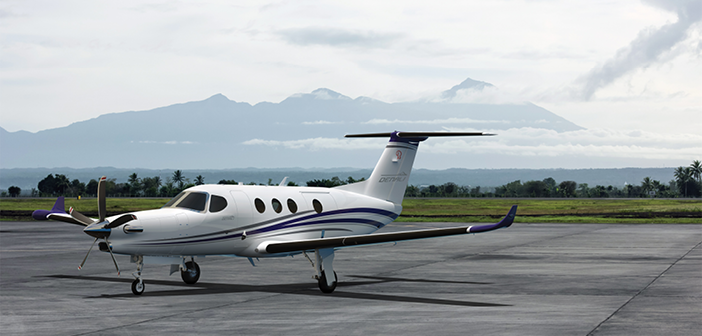
The Denali features Garmin G3000 avionics and is engineered to achieve cruise speeds of 285 knots with a full fuel payload of 1,100 lbs. It will have a range of 1,600 nautical miles at high-speed cruise with one pilot and four passengers.
“We continue to receive interest around the world from turboprop and piston owners of competing aircraft, who are looking to move into an aircraft with greater performance and enhanced passenger experience,” said Lannie O’Bannion, senior vice president of global sales and flight operations. “The Denali will offer an outstanding combination of lower operating costs and technological advancements, along with the widest and most comfortable cabin in its segment. And all of it is backed by the most extensive global network of factory-direct service centres in the industry.”
The Denali development programme has achieved multiple milestones throughout the past six months as it continues to gain momentum toward its first flight. Earlier in July 2021, the first FADEC GE Aviation Catalyst engine was installed on the first Denali prototype airframe and the aircraft was powered on for the first time. Engine runs are anticipated in August 2021, followed by a first flight for the aircraft projected for later in the year.
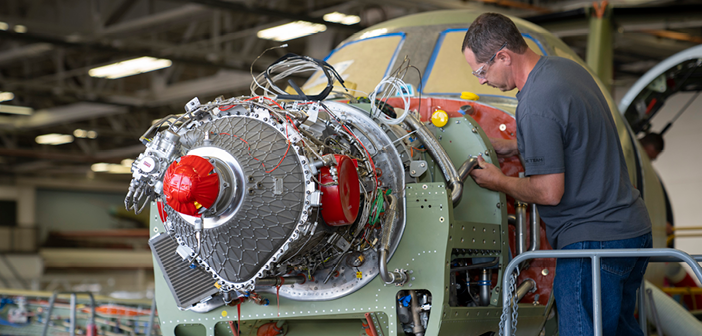
Two other Denali flight test articles are also in development. Three additional ground test articles will be used for the airframe static and fatigue tests, and for cabin interior development and testing. The company anticipates certification for the Denali in 2023.
“We’re making remarkable progress with the aircraft’s development programme,” said Chris Hearne, senior vice president of engineering. “We have already achieved a number of important milestones, and the next few months will feature a great amount of activity as our team prepares the Denali for its inaugural flight.”
The Denali’s flat-floor cabin is designed for easy conversion between passenger and cargo configurations. In the standard seating configuration there are six individual reclining seats. A nine-place high-density seating option is also available.
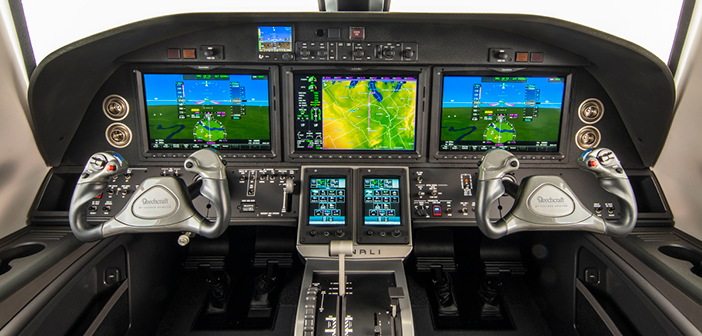
The digital pressurisation system maintains a 6,000ft (1,829m) cabin altitude at a service ceiling of 30,000ft (9,144m). Passengers can adjust the cabin temperature and airflow from a switch panel on the sidewall.
Other interior features include LED lighting, a forward refreshment cabinet and a baggage compartment that is accessible in flight. An externally serviceable belted lavatory with pocket door enclosure can be specified as an option for the rear of the cabin.
The Denali is powered by GE Aviation’s new Catalyst engine and also features McCauley’s new 105in (267cm)-diameter composite, five-blade, constant-speed propeller, which is full feathering with reversible pitch and ice protection. The cockpit features the Garmin G3000 avionics suite with high-resolution and touchscreen controllers. An integrated Garmin autothrottle is now a standard feature, which interfaces with the Automatic Flight Control System and Flight Management System to provide speed control throughout all regimes of flight.


